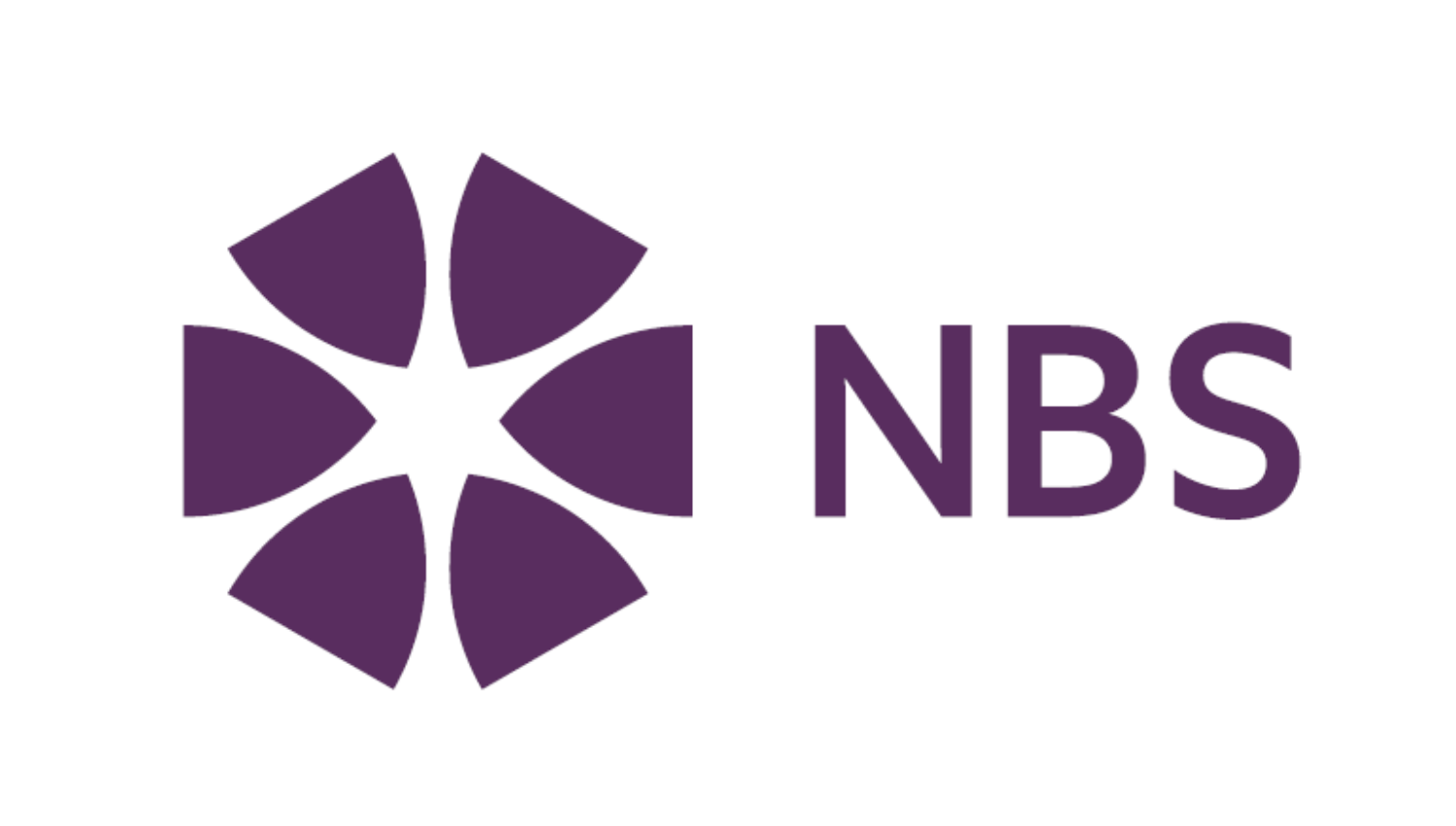
Are you familiar with NBS and the online platforms they offer for collaborative building specification and design? Programs like these are changing entirely how people design, select materials and construct buildings.
What is NBS?
National Building Specification (generally NBS) is a company that offers software and online platforms that help architects and other professionals collaborate on building design and specification. NBS was owned by RIBA, the professional body for UK architects, until 2018. In 2012, NBS launched the National BIM Library of construction components for use in building information modelling. It is the official maintainer of Uniclass (Unified Classification for the Construction Industry) and CAWS (Common Arrangement of Work Sections), these being the two main choices in the UK for formal specification of construction elements. All in all, whilst it is a private company, NBS has some characteristics of a national project or standard.
What's the role of NBS Chorus?
NBS Chorus lies at the centre of the various NBS offerings. It’s a cloud-based online platform that allows users across different time zones to log in simultaneously and view or edit the details of construction projects. An architect or specifier using the platform will often have Chorus open, plus a building information modelling application like Autodesk Revit. The programs integrate, so 3D models, Uniclass/CAWS specifications, and project details can be moved from one to the other very efficiently.
When a specifier, who is using NBS, needs a particular element, say a flat roofing system, they won’t turn to one manufacturer website after another, they will instead look within the search resource NBS Source. Note that Source will soon be the only place to access the NBS National BIM Library. Manufacturers, such as Axter, can use the NBS Partner Platform to add their products and systems to Source so that specifiers are presented with the full range of systems when they search.
Everything talks to everything
A key advantage to working in this way is the degree of integration between the various platforms. Gone is the problem where you have a Word document specifying one element, whilst another person working for a partner company has a slightly different version. When using NBS Chorus, all parties are able to log on and check the same unified specification data.
When using NBS, it’s also a lot more difficult for a product or system specification to be wrong or out of date. Elements added via the Partner Platform must be reviewed and verified periodically. Those who author content, such as our trained team at Axter, are reminded to do this. If we fall behind, specifiers are given a colour-coded Green-Amber-Red assessment of whether a particular system is up to date, or concerningly behind in verification.
Again, elements and whole projects can be brought from program to program very quickly, speeding up many activities and improving collaboration.
Everyone talks to everyone
NBS users sign into the platform as having one of several roles, some of which grant viewing privileges only, whilst others allow editing access to projects and elements as appropriate. This makes collaboration easy across professions, companies, and countries. Those who can’t edit a specification may nonetheless leave notes or questions for colleagues to respond to.

What do I need to do?
Platforms like this are going to become more and more standard. There will be a learning curve for everyone who engages, both in terms of the specifics of the program, and in terms of daily engagement with digital content.
The main takeaway in our view, is that NBS Chorus has arrived! It is likely to be the solution of choice in the UK built environment sector and creates opportunities for leaders in their field but also poses risks for those late responders scrabbling to master the new way of working. If you work in any aspect of construction and have yet to engage with the NBS suite, we advise assigning someone to be an in-house pioneer, investigating these programmes, and planning how to integrate them into your working practices.
What is Axter doing?
We are currently working with NBS, but are following our own advice; that learning and preparation take time and must be done right. In particular, we are aware that some of our partners prefer CAWS for specification, and some Uniclass. We will not be publicly opening our involvement with the NBS suite until all of our content is complete, with all required models available. Given that we offer a wide range of flat roofing systems, this will take some months. We are fortunate to have an in-house technical design team, and are confident we are now moving from familiarisation to implementation.
Of course, we will not be abandoning more traditional approaches to specification. Whatever ways of working our customers and clients prefer, Axter seeks to be your chosen design partner as well as system supplier. Our Technical Sales Managers and Quality Assurance specialists will be with you from concept to design, right through to the completion of the building, guarantee and handover and aftercare.
To learn more, or to find out how we can help you with your next project specification, contact us today on 01473 724056 or [email protected].



